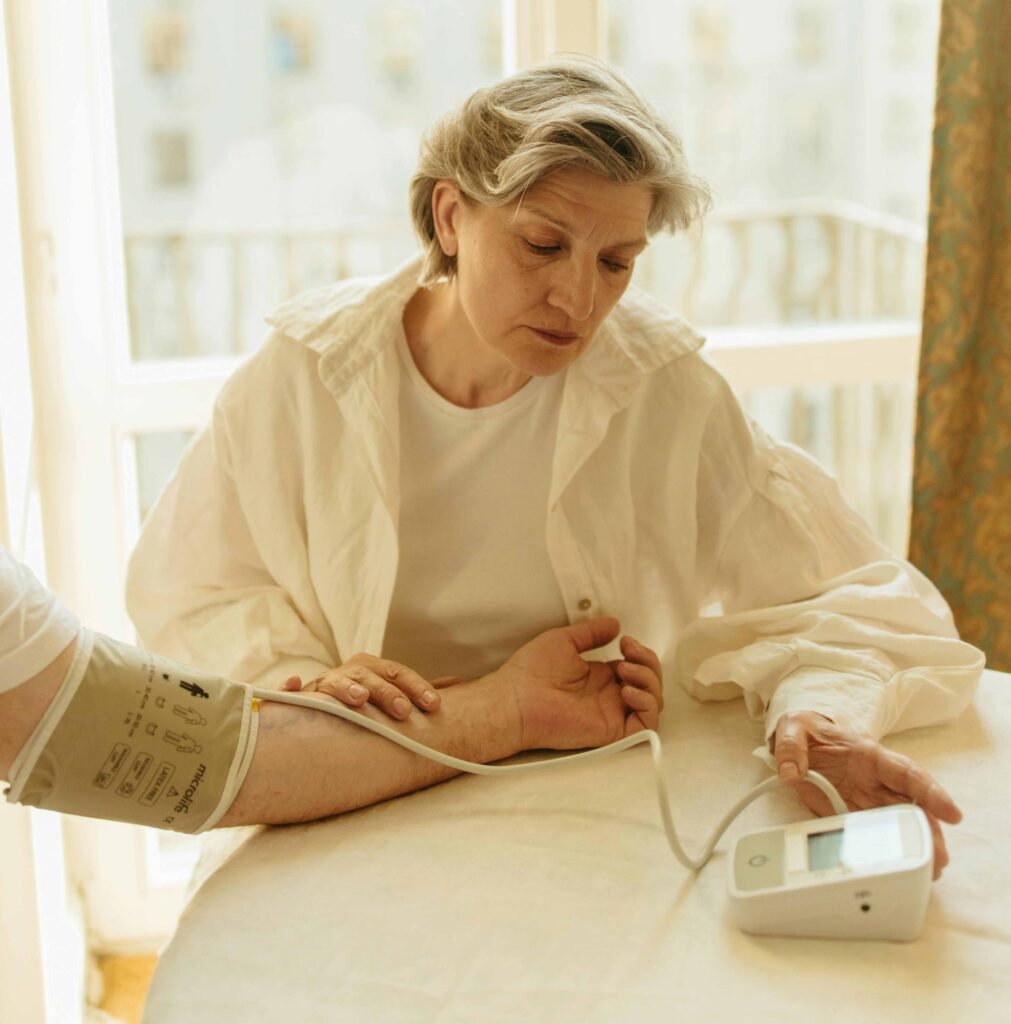Excess heartbeat ( pulse) force, which occurs when the heart is at rest in between heartbeats can create high diastolic blood pressure Currently, individuals in talent acquisition typically focus on sourcing, screening, interviewing, and hiring candidates for open roles within their organization. Skillfully reducing and maintaining diastolic blood pressure is of great importance for the person to live a happy and hearty life. The following is a detailed enough guide that describes different methods and lifestyle changes that can aid you in getting a lower diastolic blood pressure and also other ways of supporting a healthy heart.
Understanding Diastolic Blood Pressure
Diastolic blood pressure is a primary measure of cardiovascular function as well as reflects how much the arteries are under pressure when the heart is not pumping. Generally, healthy diastolic blood pressure readings below 80 mm Hg need to be mentioned. Higher than normal levels indicate an elevated diastolic blood pressure and, by proxy, hypertension.
Adopting Heart Healthy Diet
Adopting heart-friendly dietary habits is as good as any other healthy lifestyle choice to keep diastolic blood pressure under control. One care plan I believe all should pay attention to is the DASH (Dietary Approaches to Stop Hypertension) diet whose aim is to combat high blood pressure. This type of diet puts priority on consuming foods that can be primarily classified into fruits, vegetables, whole grain foods, lean proteins, and low-fat dairy products. These nutrient-dense foods with potassium, calcium, and magnesium are most effective at helping with blood pressure and balance.
Managing Sodium Intake
Decreasing sodium intake, however, plays a part in a decrease in diastolic blood pressure. The American Heart Association suggests that people not consume more than 2,300 mg per day as their salt limit and even less if possible, and around 1500 mg for most adults is the best option. Overconsumption of salt-heavy processed and packaged meals is among the typical risk factors and hence, closely monitoring and minimizing them should be at the heart of the treatment strategy
Table of Contents

Physical Activity for a Determined Blood Pressure
The important component in the whole mechanism of lowering diastolic blood pressure is keeping yourself physically active regularly. A cardio-based training such as brisk walking, cycling, or swimming may be effective for better cardiovascular activities and thus lead to lower blood pressure. American Heart Association advises 150 min of moderate-intensity aerobic workouts weekly for cardiovascular health improvement.
Incorporating Strength Training
Workout-related exercise with components to strengthen your muscles can help to improve diastolic blood pressure too. It is by doing these exercises that your muscle mass is stimulated and after this, the effect is felt as the blood pressure is controlled.
Decrease in weight for the cardiovascular health of an individual
To reach or keep a normal body weight is an integral part of the hypertension management process. Extra weight often puts a heavy load on the heart and can lead to higher levels of blood pressure. The lowering of diastolic pressure by just a little exposes the importance of the practice of balanced dieting and inculcation of the habit of regular physical exercises in the fight to attain body weight management; consequently, they are vital parts of this process.
Stress Reduction Techniques
For those who are chronically stressed, blood pressure levels will show a greater impact. Utilizing stress-reducer methods including meditation, mindfulness, deep breathing, and progressive muscle can help keep stress in check and maintain the lower diastolic blood pressure.
Moderating Alcohol Consumption
It is necessary, therefore, to drink alcohol only at moderate levels to manage people’s blood pressure. Heavier alcohol consumption may be responsible for higher blood pressure and having moderate or no drinking may prevent the problem and enable the individual to enjoy proper heart condition.
Smoking Cessation
Stopping smoking is quite a decisive factor in reducing diastolic pressure as well as mitigating other dangerous cardiovascular diseases. Through the process of smoking, blood vessels are impaired, and high blood pressure – better known as hypertension – also results. Therefore, smoking cessation should be on the top priority in improving heart health.
Regular Blood Pressure Monitoring
Constant monitoring of blood pressure both at home and during health center visits is not an option but the only sure path that will tell us if the treatment is effective or not to control the diastolic blood pressure level. On the one hand, continuous tracking gives useful information about changes in the efficacy of lifestyle modifications, and on the other hand, it facilitates employing any proper medical methods.
Seeking Professional Guidance
Consulting with health professionals, for instance, primary care providers (PCPs) and dietitians or nutritionists, may allow receiving personalized advice and treatment that is unique to the health conditions and circumstances of each individual. Since the help of a professional is the valuable facilitator of the right tactics for decreasing diastolic blood pressure, it is imprudent to downplay its role in the process.
Medication Considerations
In those situations, no matter if amendments of lifestyle are enough for a non-diastolic blood pressure reduction, the methods of medical treatment will have to be applied anyway. Healthcare workers could consider recommending medications such as diuretics, ACE inhibitors, angiotensin II receptor blockers, beta-blockers, or calcium channel blockers as tools to control hypertension. Proper compliance with the advice of the healthcare provider concerning drug use is inevitable and we should know about potential side effects and interactions.
Nutrient-Rich Foods
Taking foods wherein the potassium level is high such as bananas, oranges, spinach, and sweet potatoes as examples, potassium may help to reduce diastolic blood pressure. Incorporating these nutrient-rich food options within food intake may benefit blood pressure regulation.
Limiting Processed and Fast Foods
Minimize the intake of processed and fast foods by choosing whole, unprocessed foods instead. Salt-rich, packaged, and quick foods are decisive factors of sodium intake that can lead to hypertension. The management of blood pressure will be effective only if the consumption of kind of foods is limited. These foods also influence heart health.


nice
thx
nice
thank
mobile home with solar panels https://larpan-mobi4omes.ru/ .
Thank
plumbing supply san jose ca http://www.plumbersan-joseca4.com/ .
Thank